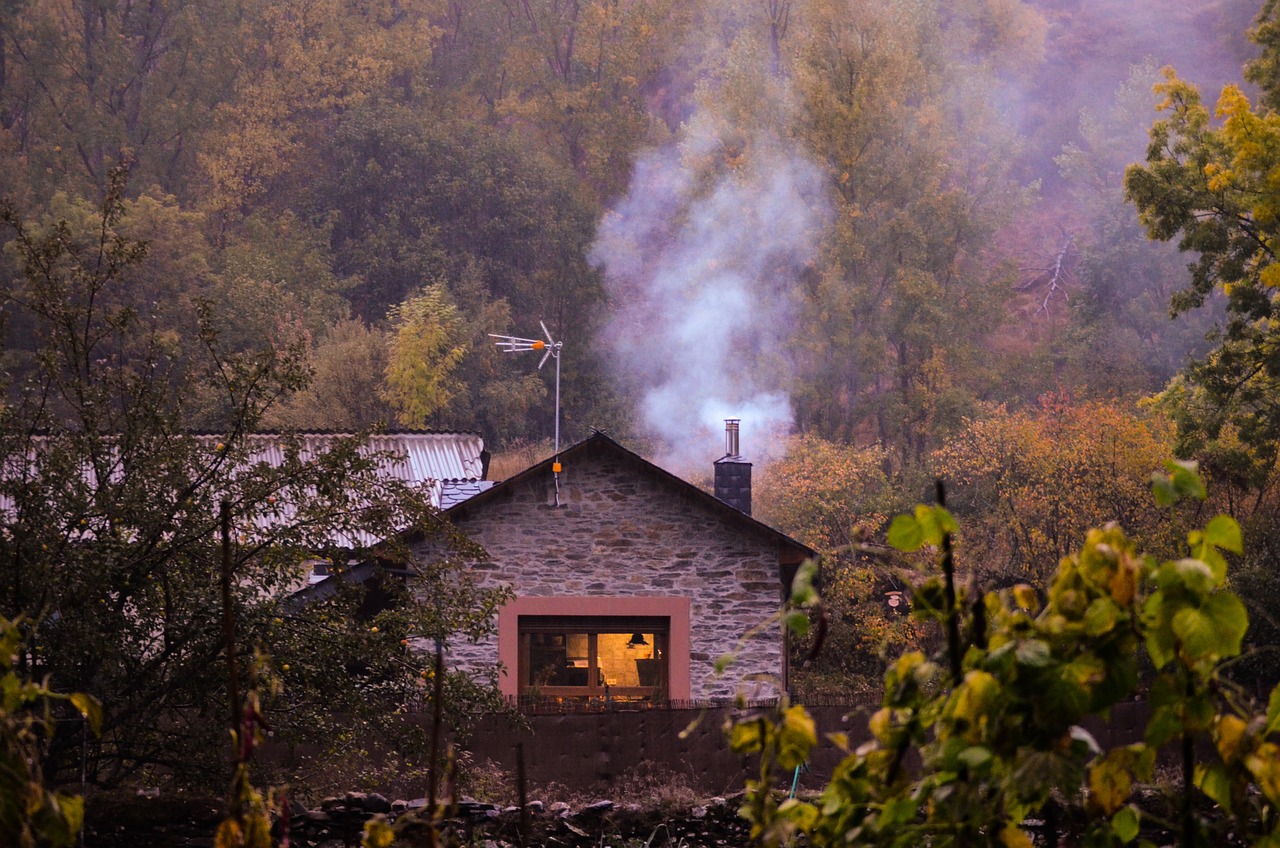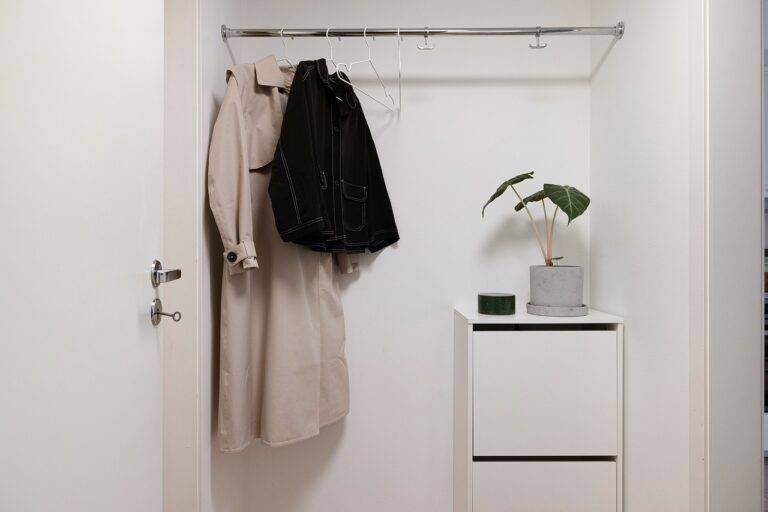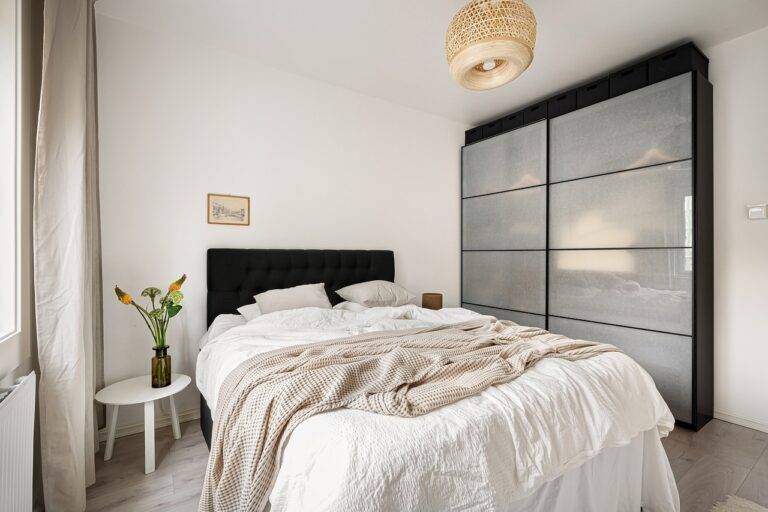The Importance of Proper Ventilation in Home Renovations
Musty odors lingering inside your living space may be an indication of poor ventilation. These unpleasant smells can arise from the accumulation of moisture and pollutants in the air, leading to a stuffy and stale environment.
Another sign to watch out for is the presence of condensation on windows and walls. This moisture buildup occurs when warm, moist air comes into contact with cooler surfaces, highlighting inadequate airflow within the home.
Health Risks Associated with Inadequate Ventilation
Inadequate ventilation in a home can lead to a range of health risks. Poor air circulation can result in an accumulation of pollutants, such as mold spores, dust mites, and volatile organic compounds, which can trigger respiratory issues like asthma and allergies. Additionally, without proper ventilation, there is an increased likelihood of high humidity levels, creating a breeding ground for bacteria and viruses that can cause infections and other health problems.
Furthermore, insufficient ventilation may contribute to an increase in indoor temperatures, leading to discomfort and heat-related illnesses during hot weather. The lack of fresh air circulation can also result in a build-up of carbon dioxide, which can cause headaches, dizziness, and fatigue. Overall, ensuring adequate ventilation is crucial in safeguarding not only the air quality but also the health and well-being of occupants within a home.
Impact of Proper Ventilation on Indoor Air Quality
Proper ventilation plays a crucial role in maintaining indoor air quality. By allowing fresh air to circulate, ventilation helps to reduce the concentration of indoor air pollutants such as dust, allergens, and chemicals. This can lead to a healthier living environment for occupants, decreasing the risk of respiratory issues and other health problems associated with poor air quality.
In addition, proper ventilation helps to control humidity levels in a home. Excess moisture in the air can create a breeding ground for mold and mildew, which can worsen allergies and respiratory conditions. By promoting air exchange and reducing humidity levels, ventilation systems can effectively prevent the growth of mold and improve overall air quality.
How can I tell if my home has poor ventilation?
Signs of poor ventilation in a home include stuffy air, lingering odors, condensation on windows, and mold growth.
What health risks are associated with inadequate ventilation?
Inadequate ventilation can lead to respiratory issues, allergies, headaches, and worsen symptoms of asthma.
How does proper ventilation impact indoor air quality?
Proper ventilation helps to remove pollutants, excess moisture, and odors from indoor spaces, improving air quality and promoting better health.







